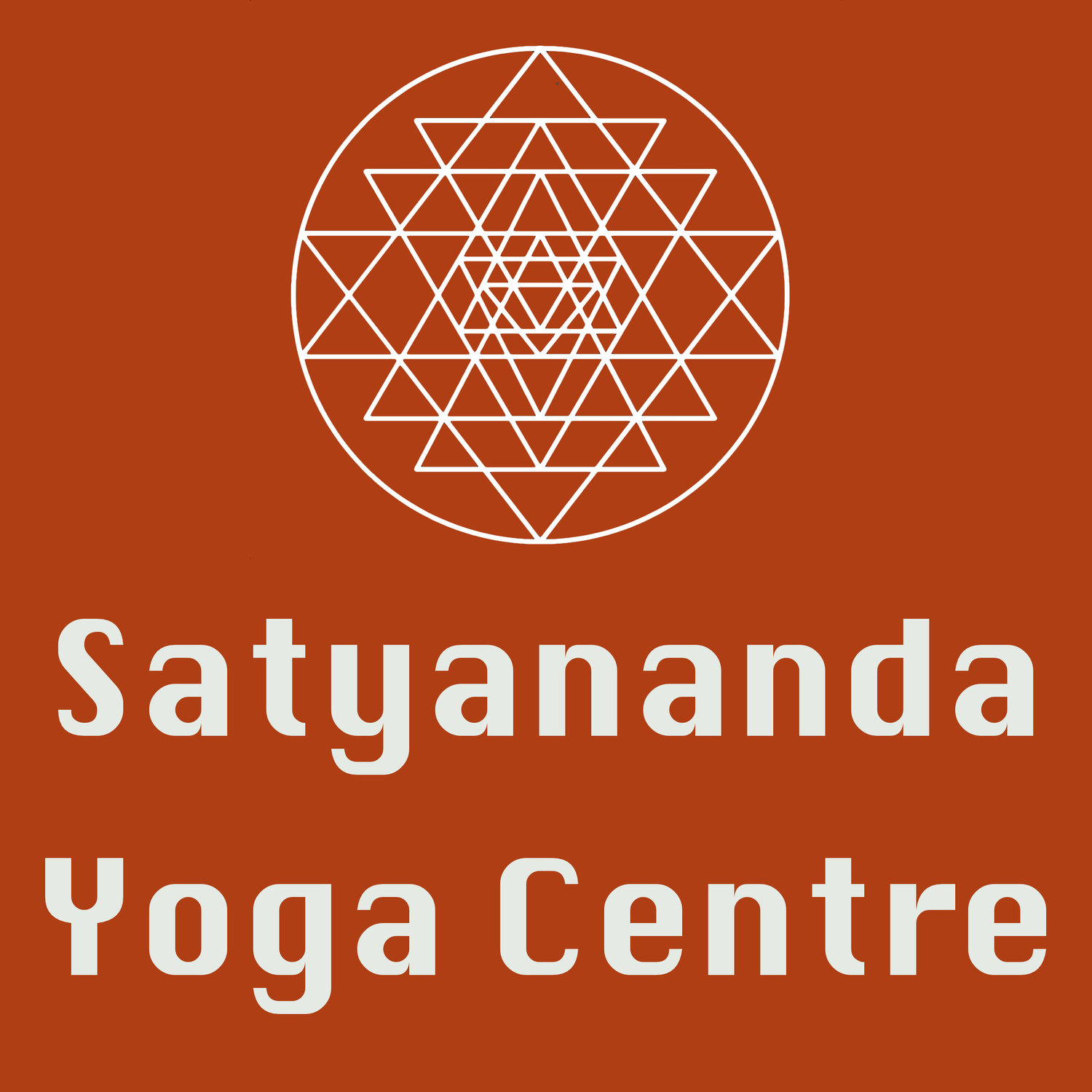Relaxation, Meditation, Yoga Nidra
Technique 1: Long shavasana
Do this practice any time you feel the need to unwind and relax the whole body and mind.
For the purposes of yoga lifestyle, it is especially effective when done in the afternoon, after you have completed your work for the day.
In this way, you will get more energy to spend for creative purposes, with family etc. in the afternoon.
Avoid practising after meals - leave at least one hour in between.
Technique 2: Yoga Nidra
This practice takes about 25 minutes to complete. In that regard, committing to it on a regular basis may look like a big step. However, once you have managed to do this daily or with similar regularity for a period of 1-2 weeks, you are very likely to find that you have gained a lot of extra energy and reduced the need to sleep, ultimately saving you a lot more time than what you put in.
Along with the relaxation aspect, this practice also gives us the ability to find and confront (in a relaxed state) the various sources of stress, tension and anxiety that are normally hidden in the depths of our subconscious, and thereby helping us to rid ourselves of a lot of “baggage” preventing our progress and spontaneous evolution.
Additionally, in combination with a well-formulated sankalpa, a resolve you have chosen for yourself, this practice will become a true life-changer.
Practice notes: the recommended time of practice is just like for the long shavasana: when you have completed the main part of your working day. Alternatively, any time your schedule permits. If you suffer from sleeplessness, it can also be included just before bedtime.
Additionally, it is best to practise at least 2-3 hours after meals (depending on how much you eat). This is because just like meditation, yoga nidra does slow down the metabolic processes and if you eat too close to the practice, you may get temporary indigestion as a result.
Technique 3: Review of the Day (lying down)
This is an essential meditation practice for anyone wishing to improve their experience of life and the quality of their thoughts, emotions, behaviours, relationships, and general awareness.
Do this as the very last thing you do in the day. This practice has been recorded so that you can simply continue into sleep afterwards; feel free to practise in bed.
Technique 4: Manah Prasad - Meditation on Happiness
For practice as done during the live session, click here.
This short meditation can be practised any time, and is to be used as an occasional adjunct to the Review of the Day meditation (which should be done daily). It will help you realise and experience that the state of joy, openness and being at peace with oneself is far closer to your inner nature than feelings of discord, resentment, frustration and other negative thought cycles that we get entrapped in.
Ultimately, it will lead you to the realisation that there is no thing, person, place, or event that can make you happy, and that you are the creator and sustainer of your own happiness or unhappiness. This goes in direct contradiction to the usual mental patterns decided by our egos, which only ever look outside for the sources of internal states - and this is why patience and regular practice are key to develop this new, positive mental habit.
Technique 5: Kaya Sthairyam (body stillness)
An essential preparatory practice for meditation, both as a regular, “formal” practice, and as an introduction into the application of awareness in all daily activities.
Practise after your morning asana and pranayama session if time permits. If no time is available, practise whenever you can, once or twice a week.
